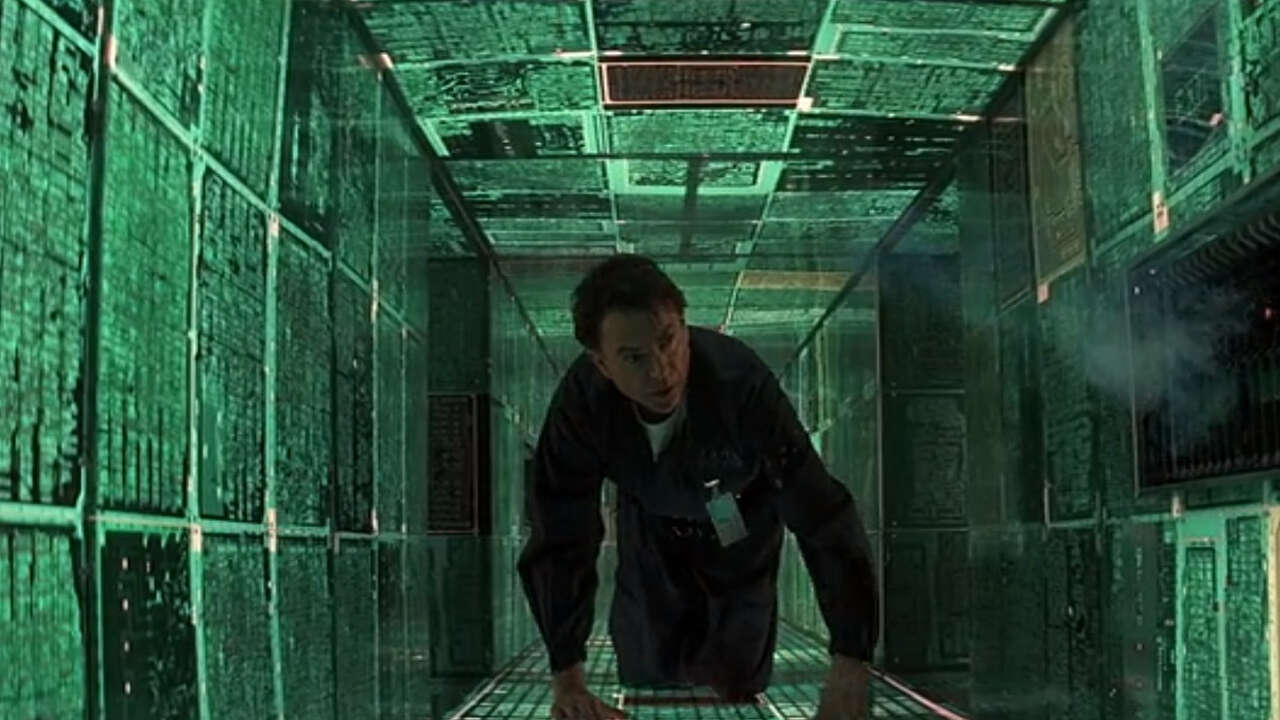The Beauty and Rewatchability of Event Horizon

With inspirations varying from Hieronymus Bosch and Warhammer 40,000 to the literal architecture of the Notre Dame Cathedral and Fritz Lang, Paul WS Anderson’s earliest great work Event Horizon (1997) more than holds up as it approaches its 26th year. It’s one of the great 20th-century space-horror films, a sub-genre lost with the turn of the millennium.
Early into the career of the popular but unrevered stylist, Anderson’s two earlier films (Shopping; Mortal Kombat) showed glimpses of promise, but they lacked the post-digimodernist panache that the British director would maintain up to his nearly experimental 2016 blockbuster, Resident Evil: The Final Chapter. It’s his third film, Event Horizon, where Anderson solidifies as an auteur: a photographic respect for negative space, an addictive commitment to legible geographies and spatial relationships, blank slate characters, innovative uses of digital film technologies, narrow corridors shot in deep focus, claustrophobic production designs, and, as I argued in my two-part essay on Anderson, a profound religious-visual perspective. It’s also the first (and arguably best) of his three haunted-house films so far, with Resident Evil (2002) and AVP: Alien vs. Predator (2004) following a handful of years later.
I’d make the argument that Event Horizon doesn’t suffer from the artistic flaw that has plagued most of Anderson’s filmography: a poor track record as a director of actors. From stars Laurence Fishburne and Sam Neill to the supporting cast of Jason Isaacs, Kathleen Quinlan, and Jack Noseworthy, the cast of Event Horizon might be the most talented he’s ever worked with. If Anderson’s hands-off actor direction and pop-friendly approach to action filmmaking in Death Race (2008) or Mortal Kombat turned you off, Event Horizon might make for the easiest entry point into the filmography of the “video-game guy.”
Continue reading at the Boston Hassle.